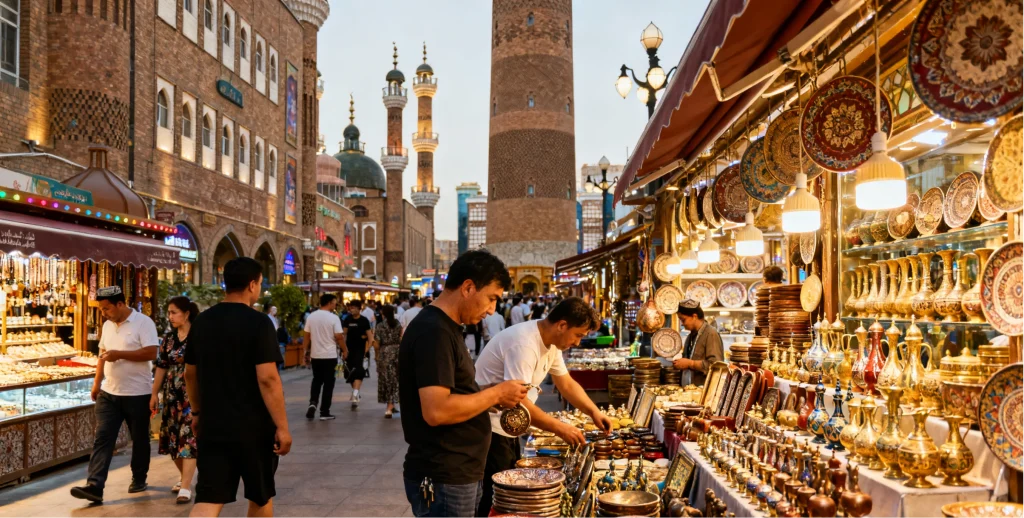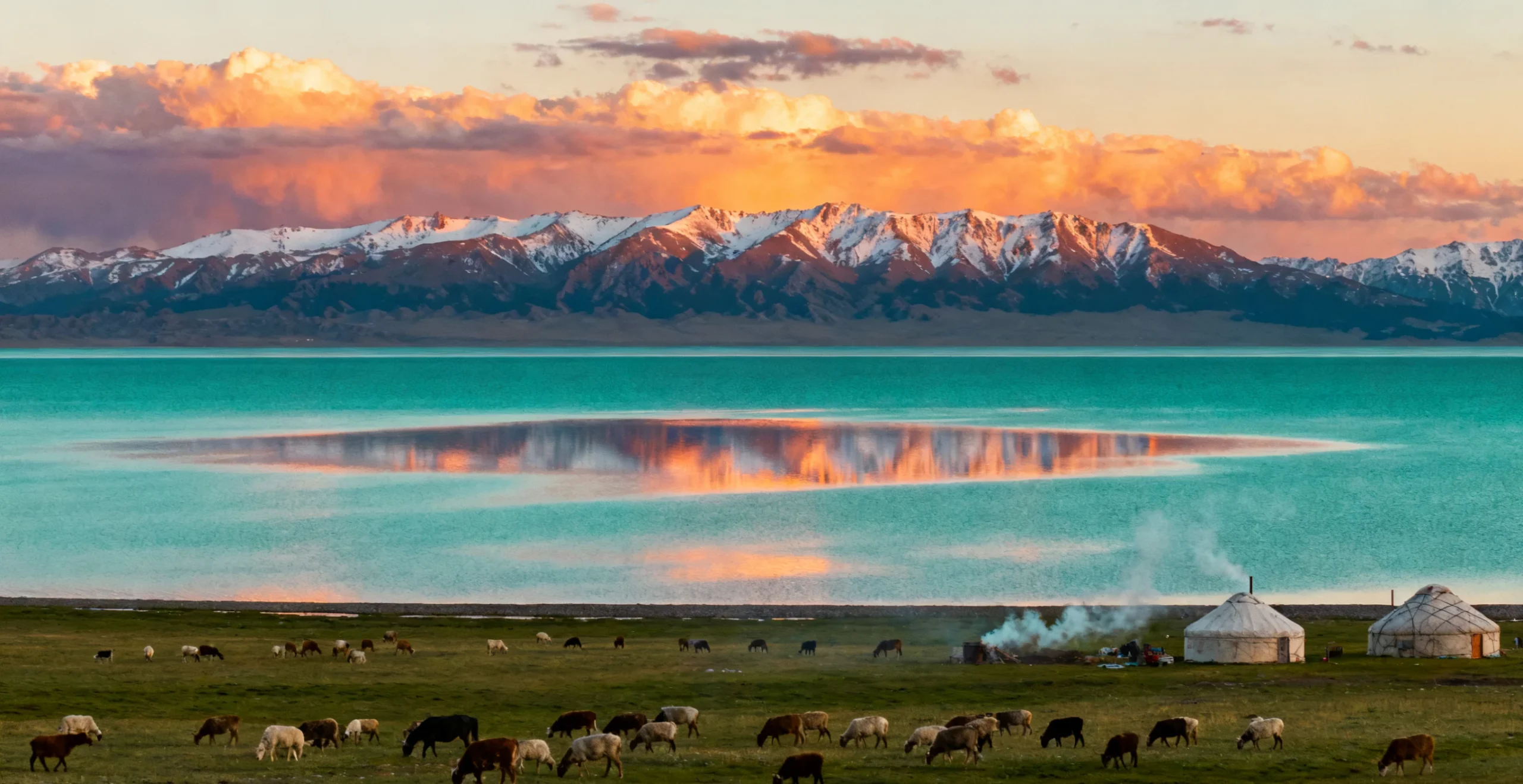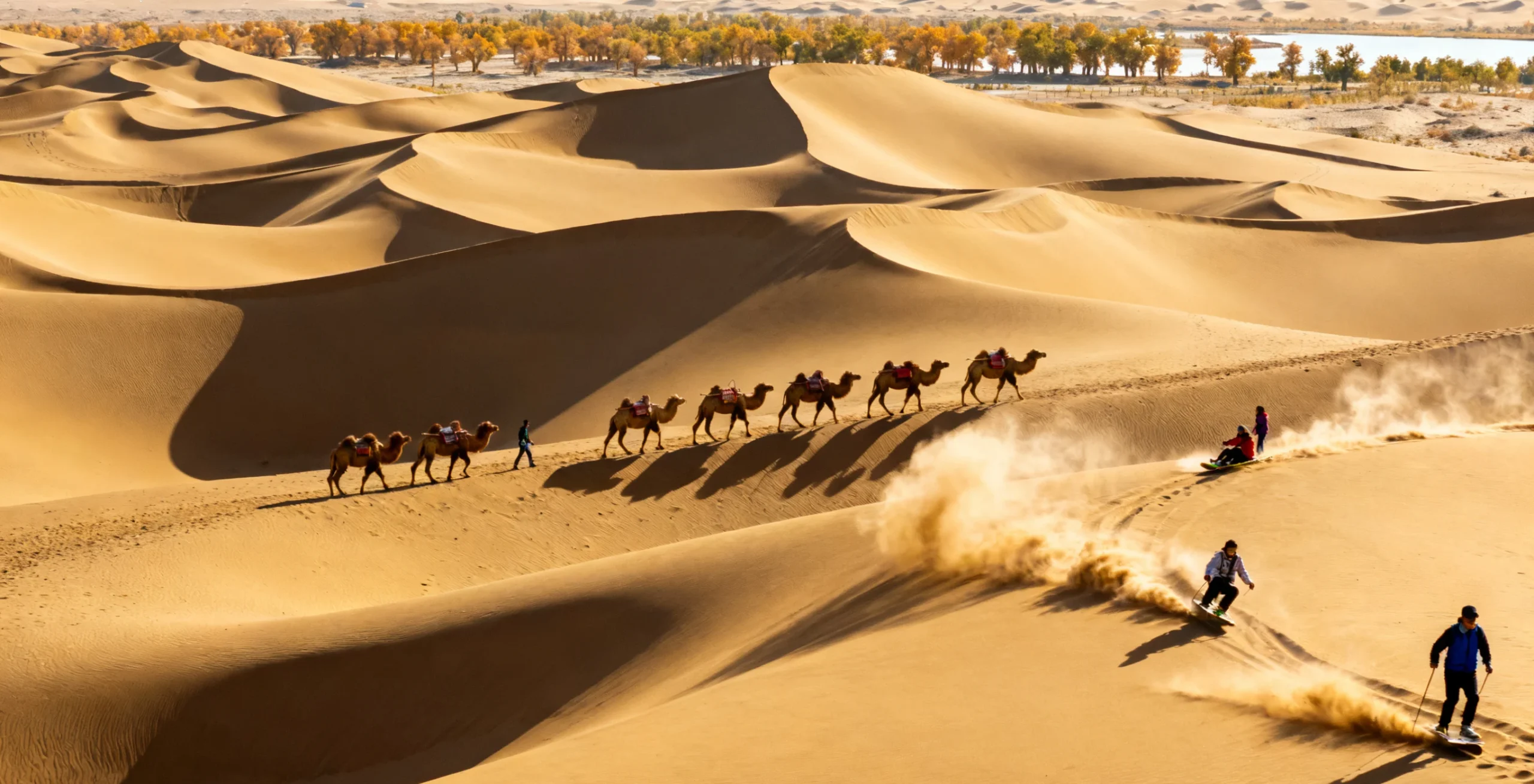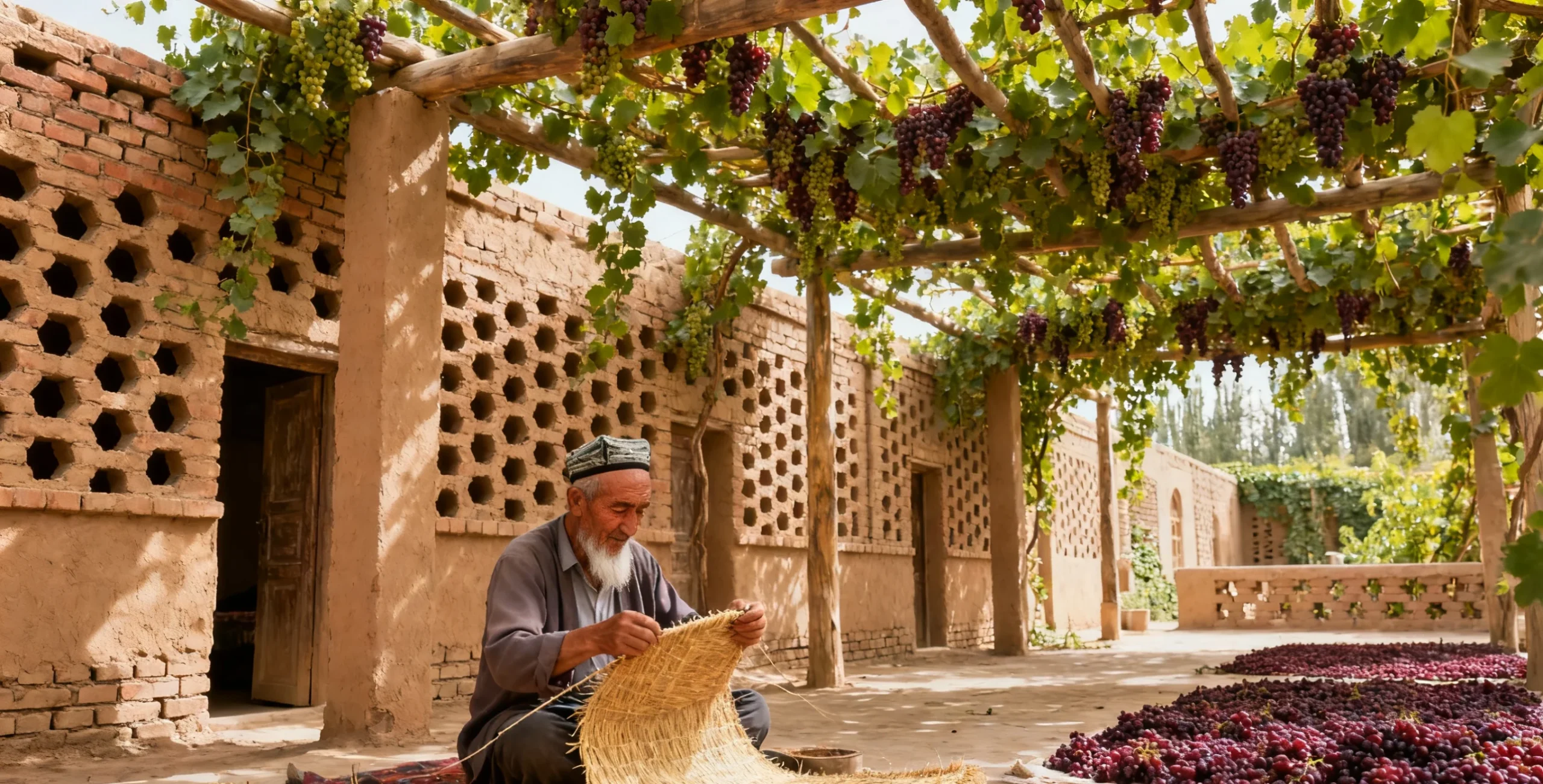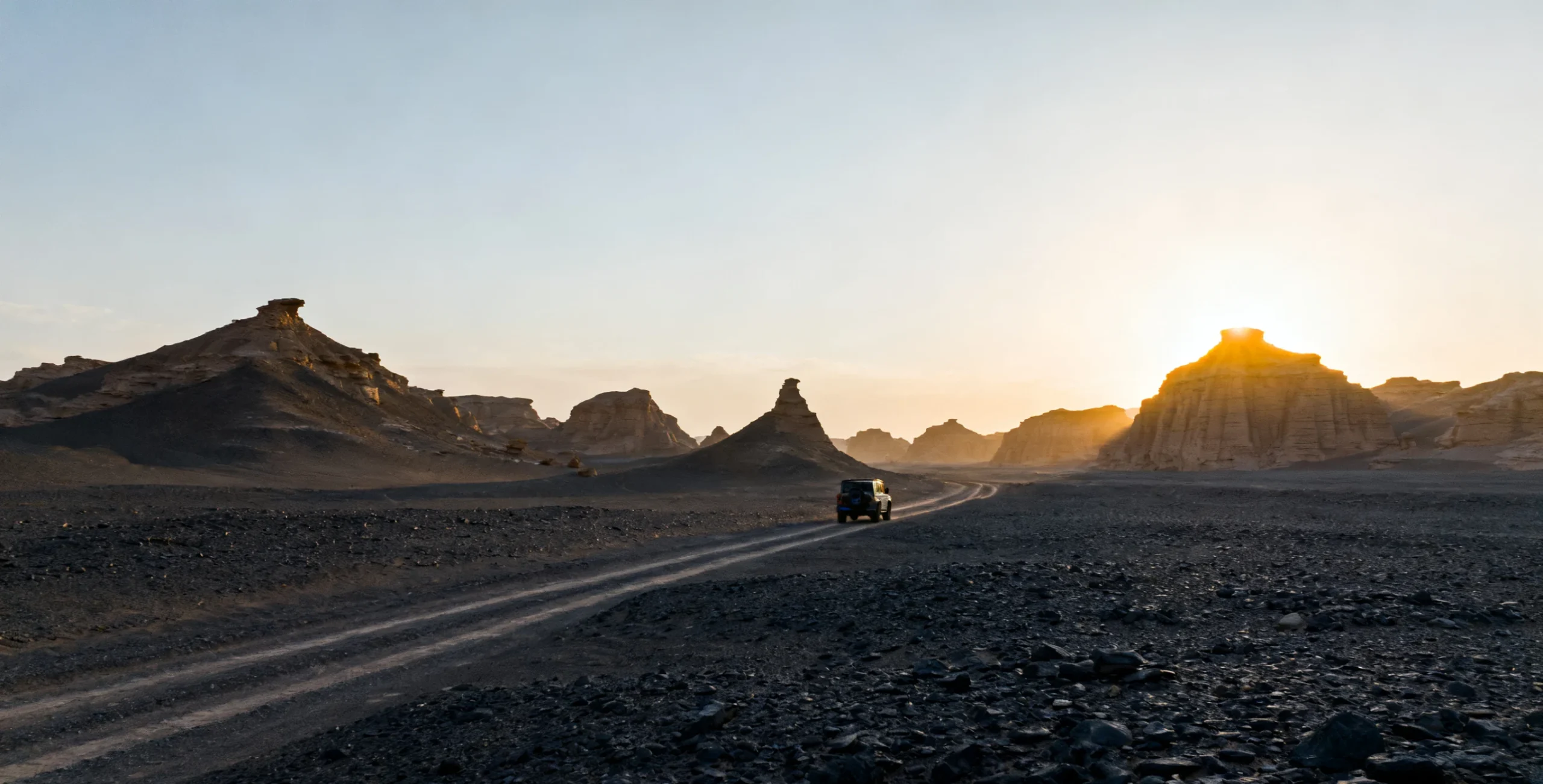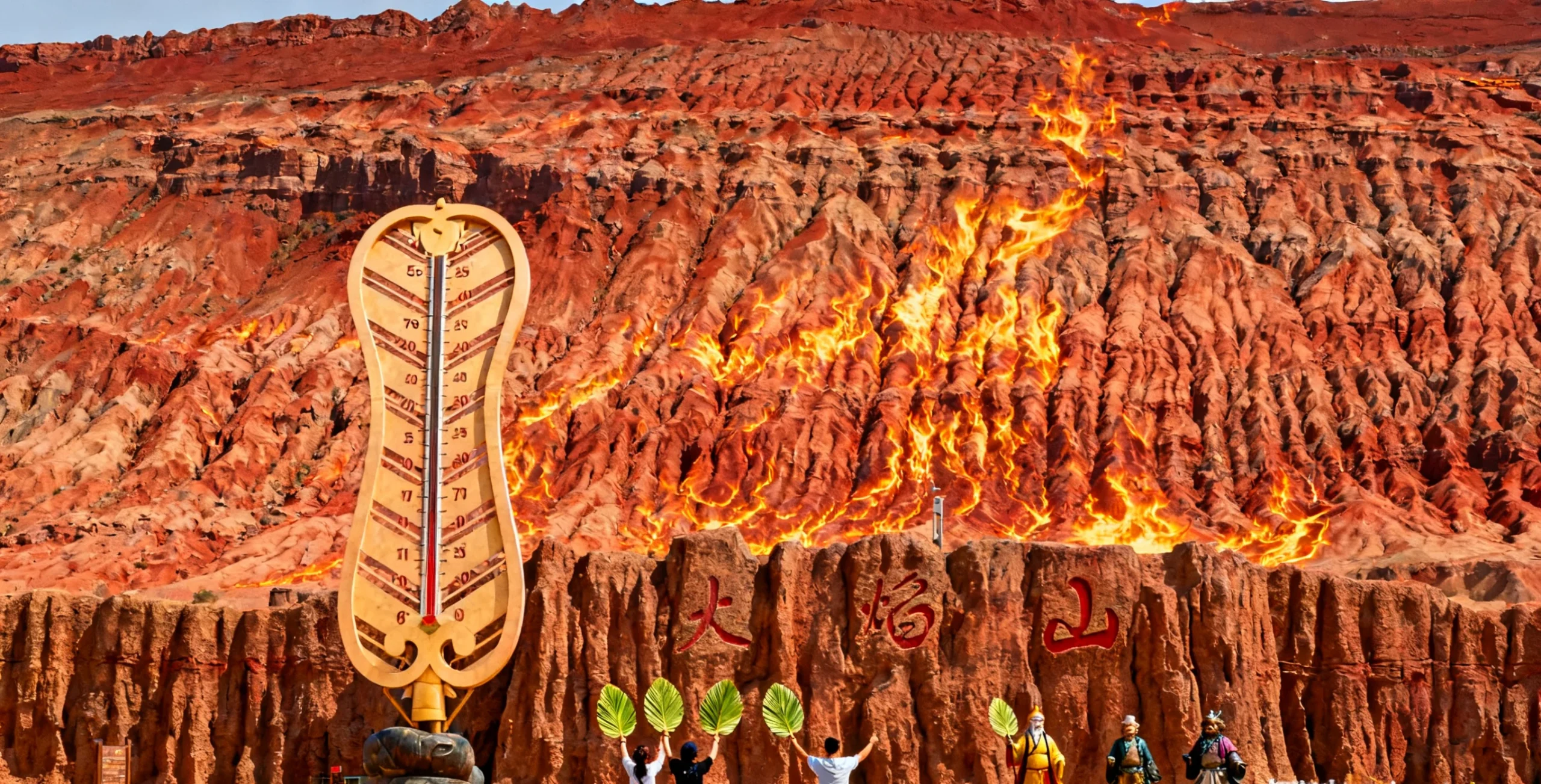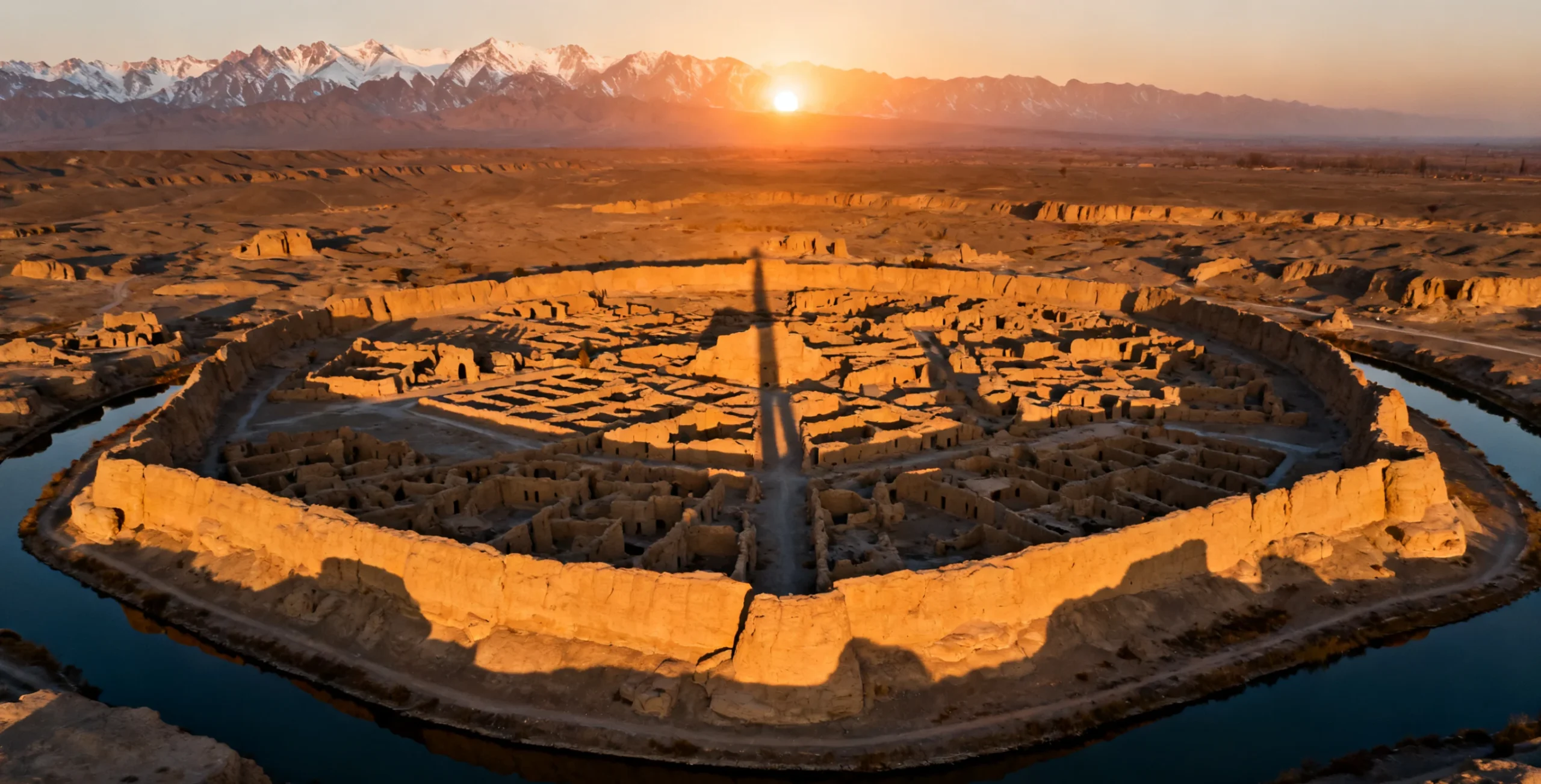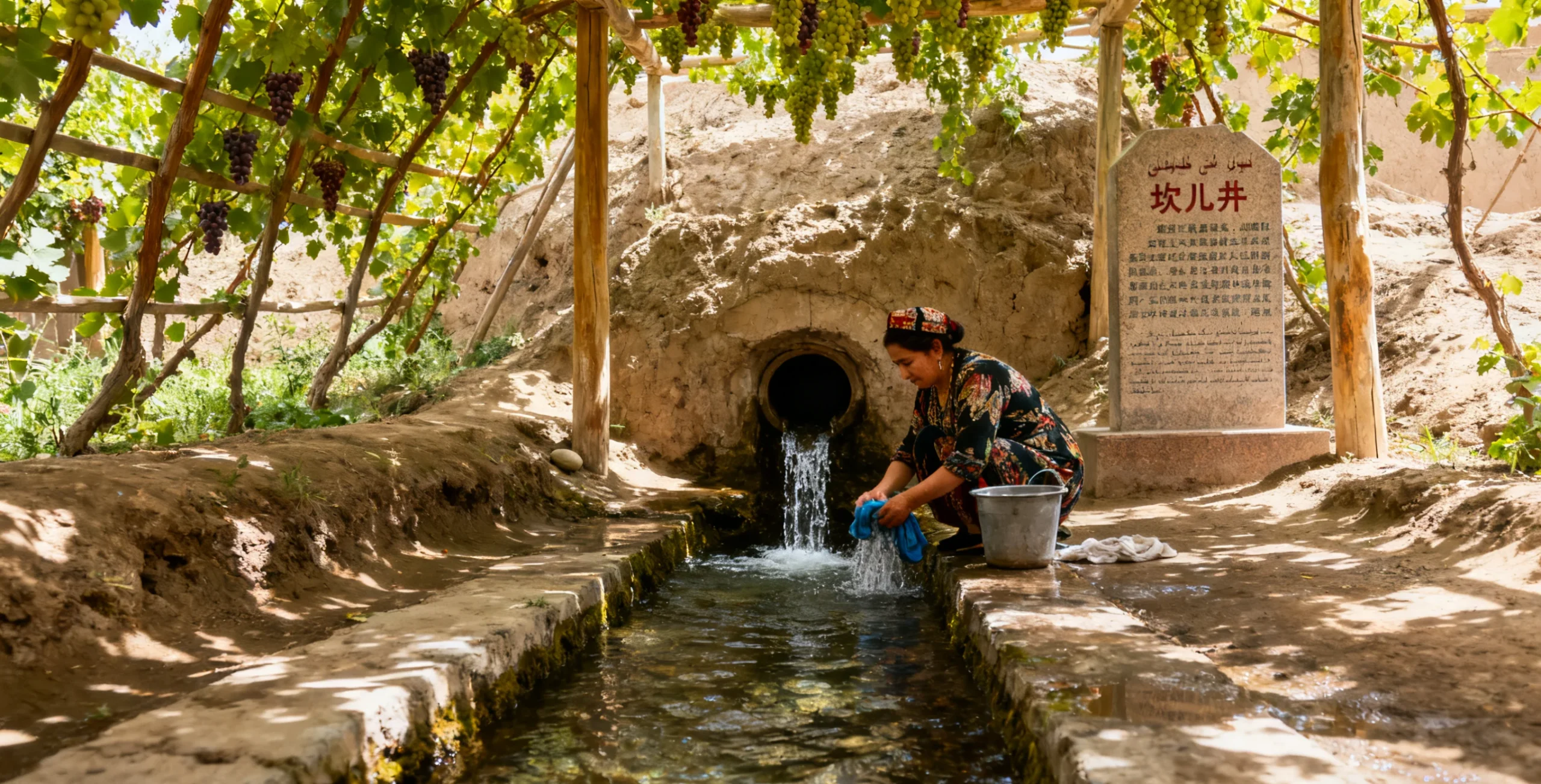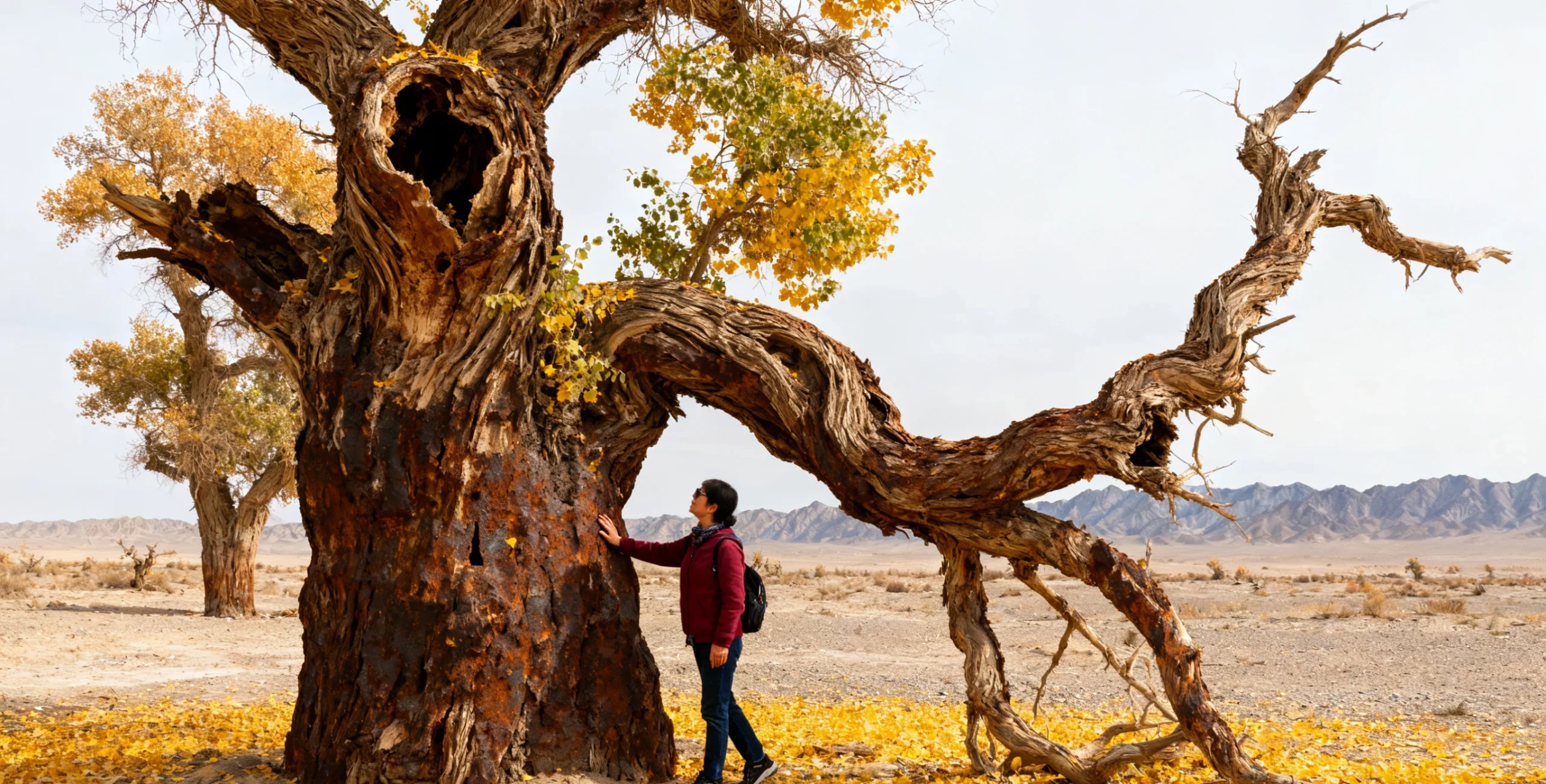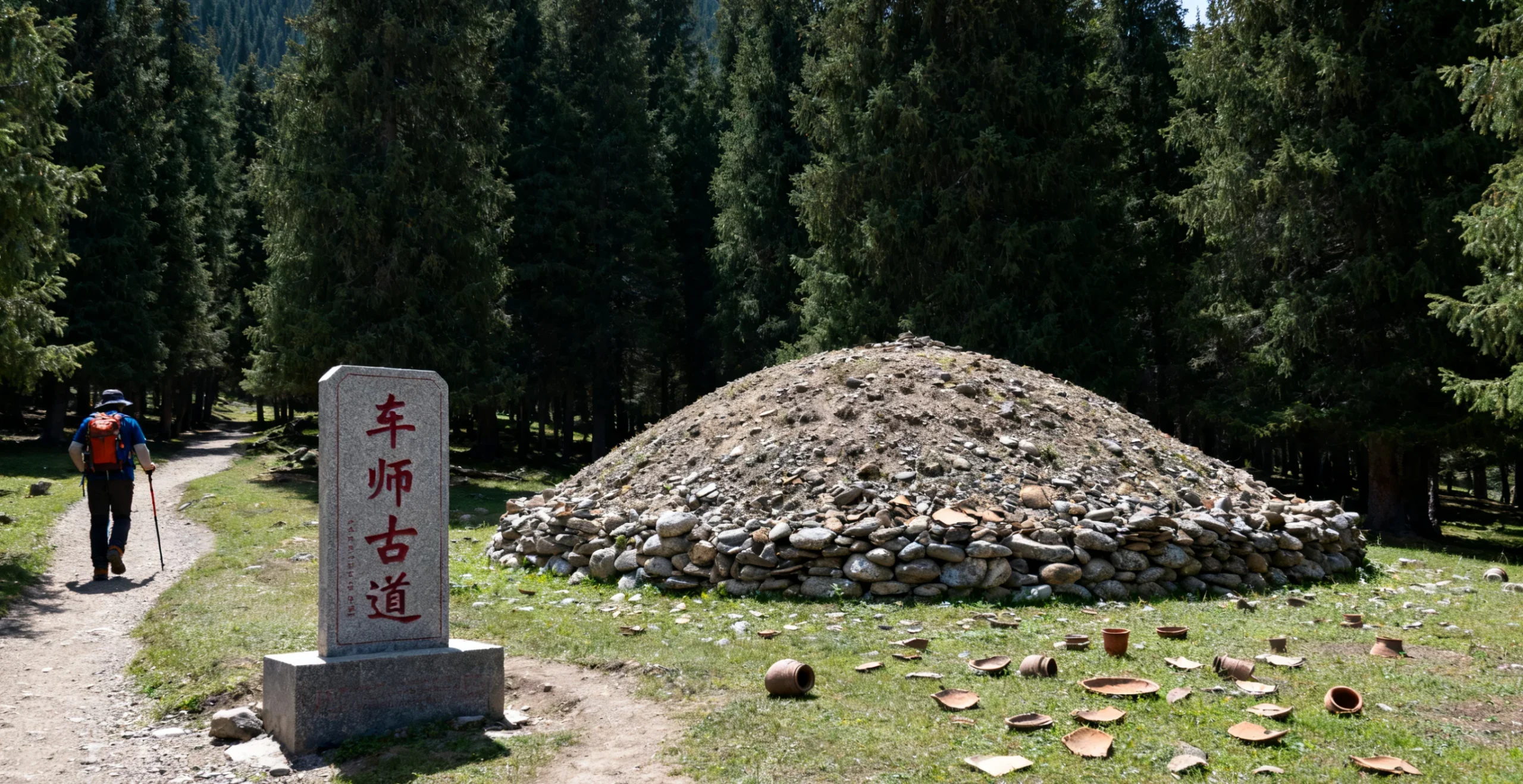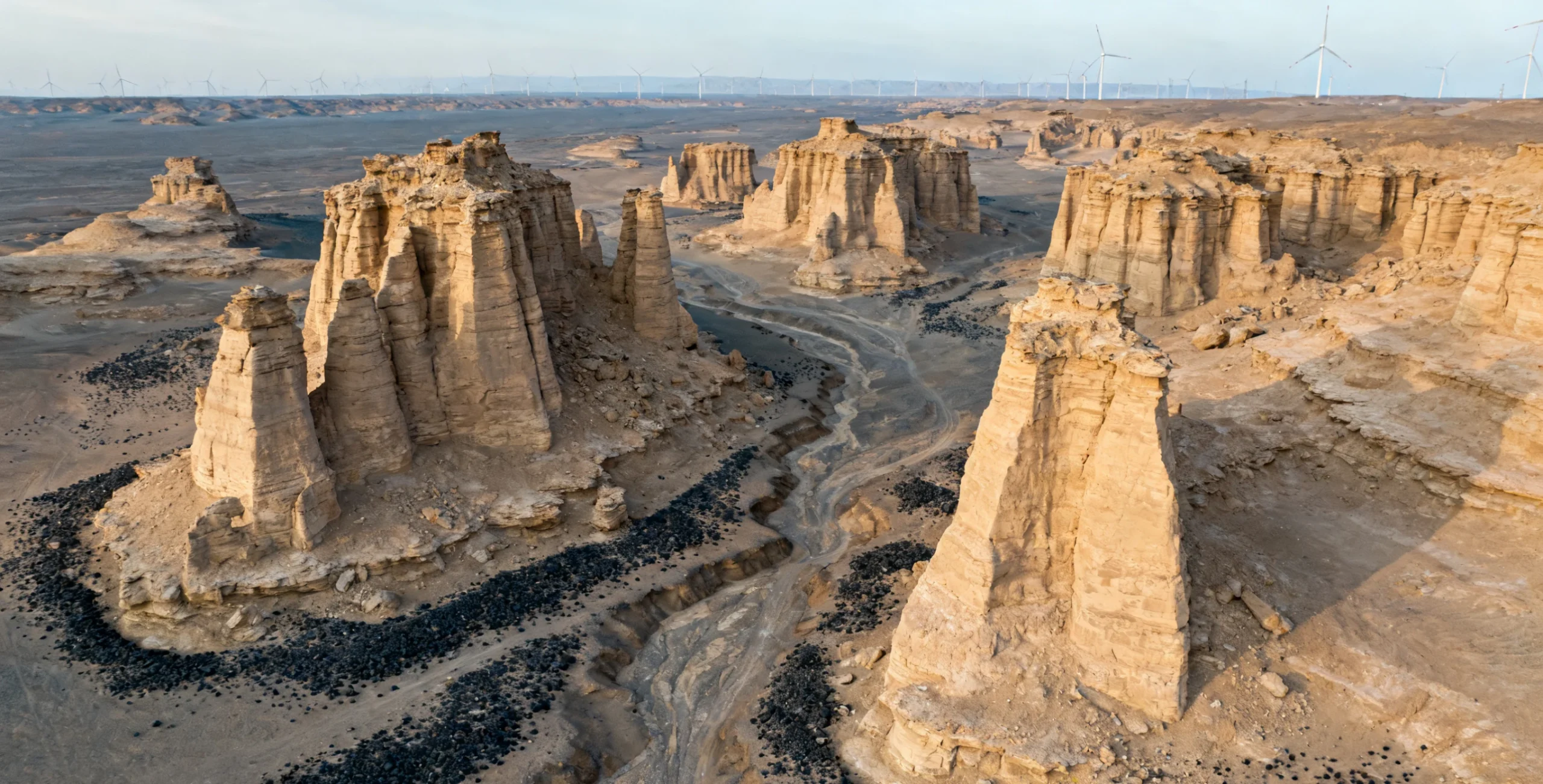Eastern Xinjiang is a treasure house of winter contrasts: the red rocks and white snow of the Flaming Mountains form a unique picture; the snowfield yardang of Hami Ghost City and the ice activities on Barkol Lake create a fresh experience, while the winter water of the Karez hides the wisdom of the ancients.
This is a 7-day winter contrast journey across eastern Xinjiang, linking the “snowy firelands” of the Flaming Mountains, the winter water flow of the Karez underground irrigation system, and the snow-covered yardang formations of Hami Ghost City. You will see the unique contrast of red rock cliffs covered in white snow at the Flaming Mountains, feel the winter warmth of the “underground water project” at the Karez; photograph the vast, desolate snowfield yardang at Hami Ghost City; experience ice skating and snow tubing on Barkol Lake; and see snow-covered grapevines in Turpan’s Grape Valley and stroll through fruit markets in Hami. From striking contrasts to human wisdom, from baked eggs to dried Hami melon, 7 days will let you take in the winter essence of eastern Xinjiang and embark on a snow-and-culture journey that is unique, novel, and full of lively local color.
-
12-seats car
-
6-12people
-
low intensity
-
Xinjiang
-
autumn
-
no
-
English, Spanish, French, Korean, Japanese, etc.
-
1
-
80
In the morning, take a high-speed train from Urumqi to Turpan. After arrival, check into a hotel in downtown Turpan and choose a room with air conditioning; indoors are warm in winter. After putting down your luggage, head to the Flaming Mountains Scenic Area to see the unique contrast of red rock cliffs covered in white snow and check in at the giant thermometer. In the scenic area, you can ride a camel on the snow and take “snowy Flaming Mountains” photos.In the afternoon, go to the Karez Folk Garden to visit the “underground irrigation project.” In winter, the Karez water still flows, and you can feel the wisdom of ancient people using underground water for irrigation. Experience “drawing water from the Karez” in the garden and see clear well water shimmering with warmth in the winter; stroll through the Turpan folk customs exhibition in the park to see traditional Uyghur clothing and daily-use items.In the evening, have dinner in downtown Turpan, where roast whole lamb, baked eggs, and handmade yogurt are recommended. Afterward, wander the city night market, buying freshly cut stored grapes and feeling the nighttime bustle of Turpan.
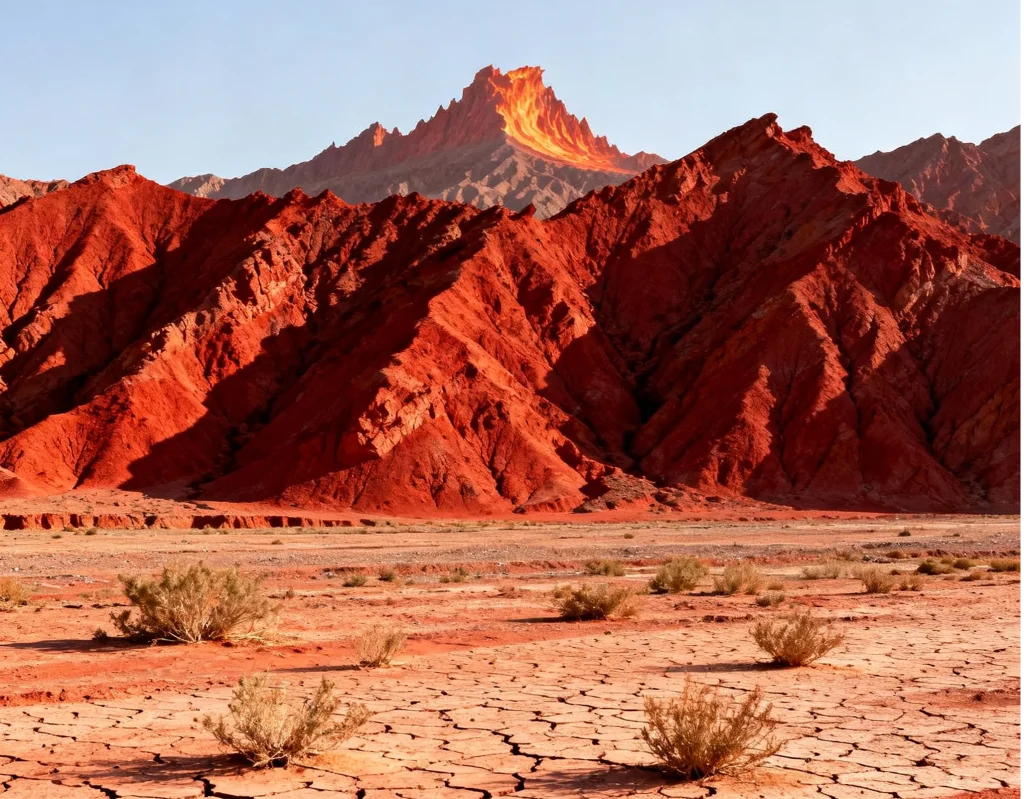
In the morning, head to the Grape Valley Scenic Area. Although there are no grapes in winter, the grapevines are covered in snow, forming a “snowy vine corridor.” Visit the Grape Museum inside the scenic area to see specimens of different grape varieties and learn about the history of grape cultivation. At a Uyghur family visit spot, drink milk tea and eat nang flatbread while listening to locals tell winter stories of Grape Valley.In the afternoon, go to the Jiaohe Ancient City, where the world’s largest and oldest earthen-structure city presents an even more weathered look under snow. Climb to the highest point of the ruins to overlook the entire city and feel the layout and wisdom of an ancient city. Visit the Jiaohe Ancient City Museum to see unearthed relics and learn about the historical changes of the ancient city.In the evening, return to downtown Turpan and have dinner at the Turpan Old Teahouse, where lamb soup with rice, fried noodle pieces, and baked buns are recommended. After dinner, stay in the teahouse to listen to Uyghur elders playing the dutar and enjoy slow, peaceful time.
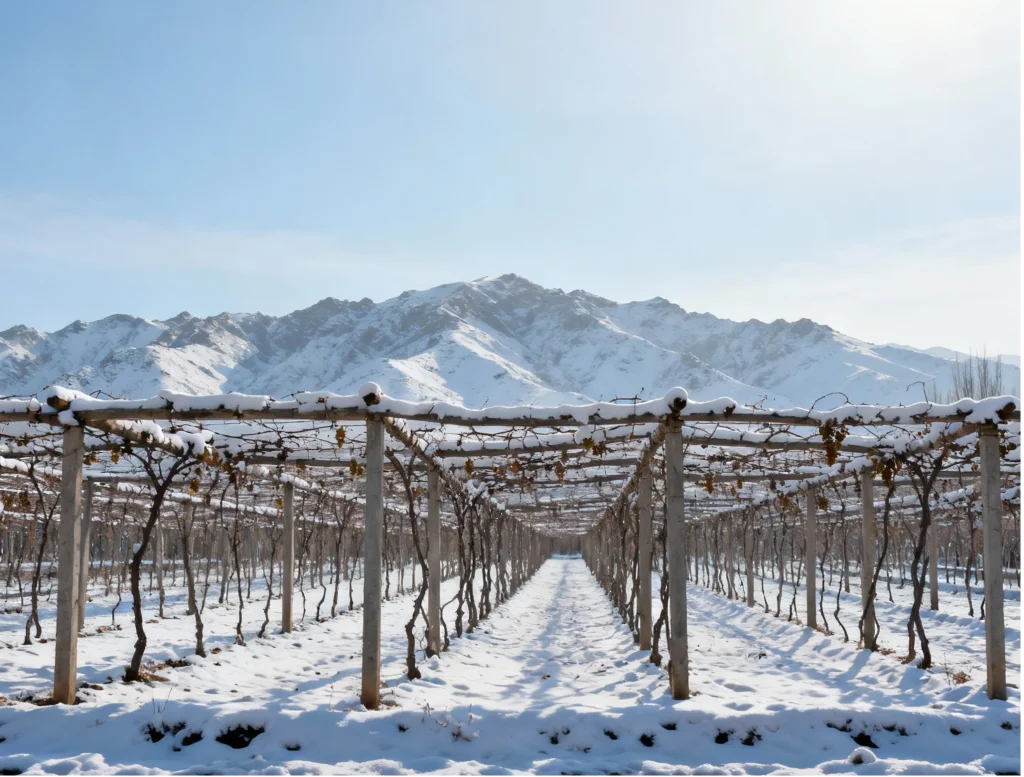
In the morning, depart from Turpan for the Kumtag Desert. In winter, parts of the Kumtag Desert are covered with a thin layer of snow, with yellow sand dunes and white snow intertwined to form a unique “sand-and-snow coexisting” landscape. Experience snowfield desert trekking to feel both the softness of the dunes and the coolness of the snow; try sand sledding in the desert and enjoy the speed and fun.At noon, have lunch at a nearby Uyghur pastoral homestay, where hand-pulled mutton and nang-pit meat paired with milk tea are recommended. In the afternoon, go to the Shanshan County Museum to see historical relics and folk exhibits and learn about the development of Shanshan.In the evening, stay at a hotel in Shanshan County and have dinner with dishes such as “big plate chicken,” grilled lamb skewers, and mian feizi. Afterward, walk around the Shanshan county night market and buy dried Hami melon and raisins as souvenirs.
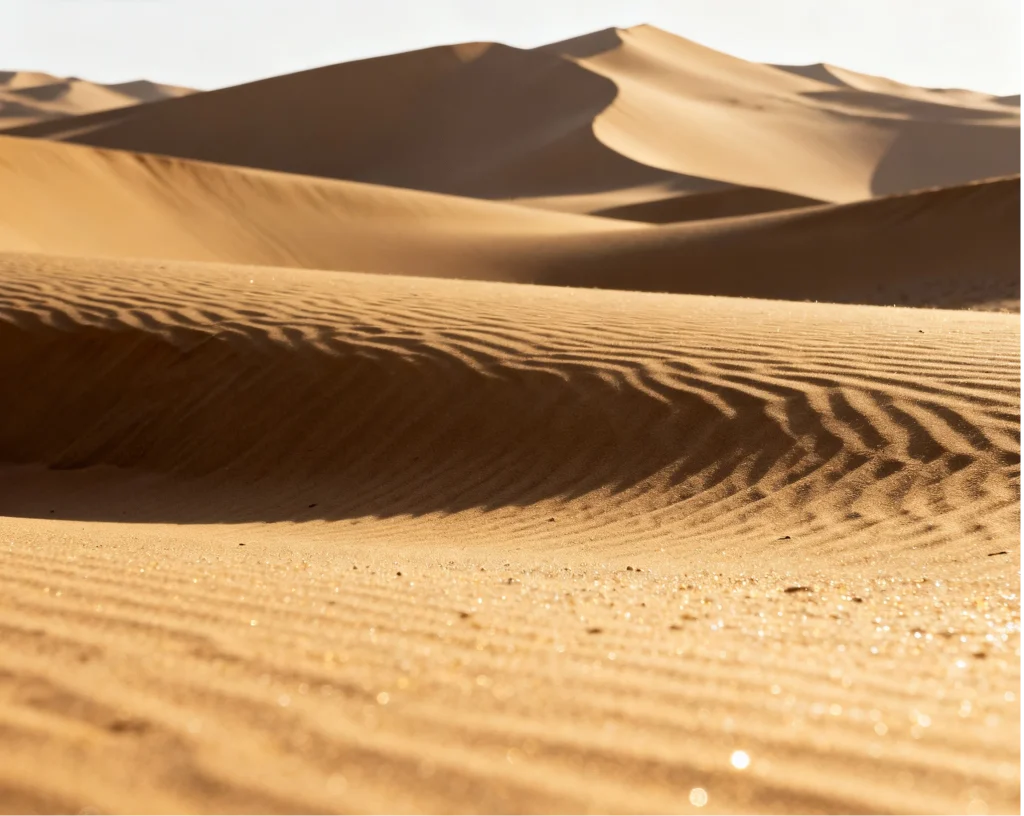
In the morning, depart from Shanshan and head to the Hami Ghost City. In winter, the winds here are gentler and more suitable for visiting. Take the scenic bus into the core yardang landform area and see castle- and palace-shaped yardang formations that look even more vast and desolate in the snow. Take photos at representative formations such as “Goddess Peak” and “Peacock Spreading Its Tail” and feel the raw power of nature.At noon, have lunch at a nearby Kazakh pastoral homestay, where yak jerky, milk tea, and nang are recommended. Afterwards, go on to the Hami Hui King’s Mansion, where the Qing-dynasty residence of the Hami Hui King presents a unique look in the snow. Visit the mansion’s exhibitions of relics and folk culture to learn about the history of the Hami Hui King.In the evening, stay in a hotel in downtown Hami and have roast whole lamb, roast pigeon, and handmade yogurt for dinner. After dinner, stroll through the Hami city night market and buy Hami melons and handmade carpets as souvenirs.
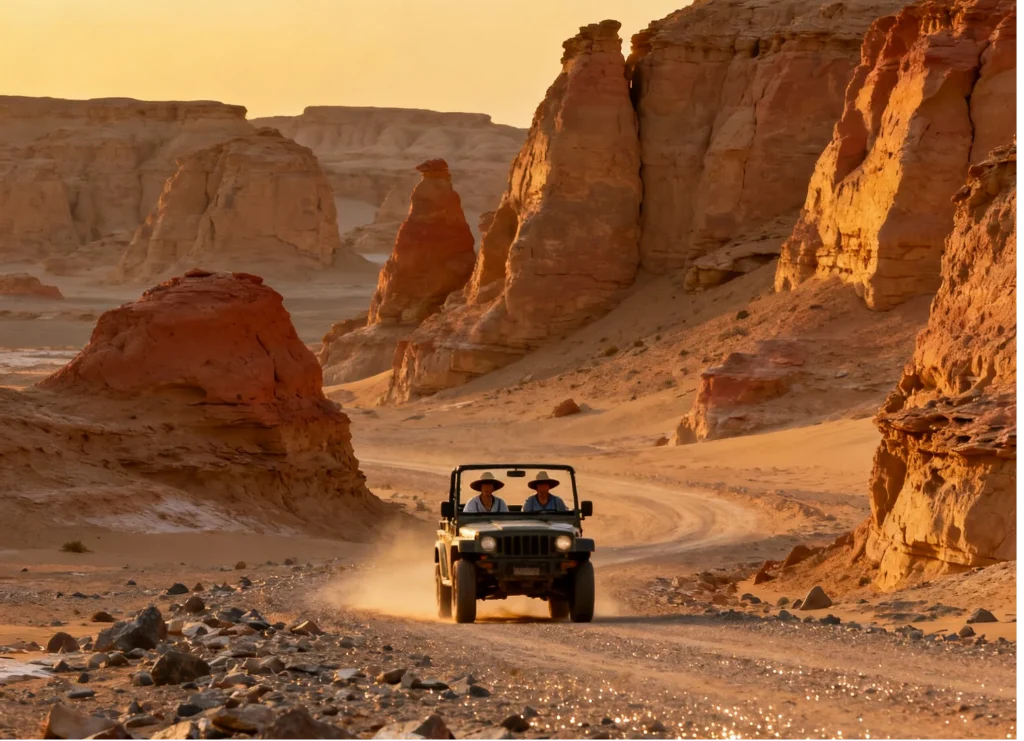
In the morning, depart from Hami for Barkol Lake. In winter, Barkol Lake is completely frozen, and the snow-covered lake surface looks like a “white wilderness.” Enjoy ice activities such as skating and snow tubing to feel the fun of playing on ice. Climb the lakeside viewing pavilion to overlook the full expanse of Barkol Lake, where distant snow mountains and the ice lake reflect each other in a magnificent scene.In the afternoon, visit the Barkol Ancient City, where Qing-dynasty city walls look even more weathered under the snow. Stroll through the ancient city’s Qing-era shop street to see retro buildings and traditional handicraft stalls. Visit the Barkol Museum to see historical relics and folk exhibits and learn about Barkol’s military and cultural history.In the evening, stay at a hotel in Barkol County and have a dinner of Kazakh-style clay hotpot, hand-pulled mutton, and fried noodle pieces. Afterward, take a walk near the hotel, enjoy Barkol’s night views, and feel the small town’s tranquility.
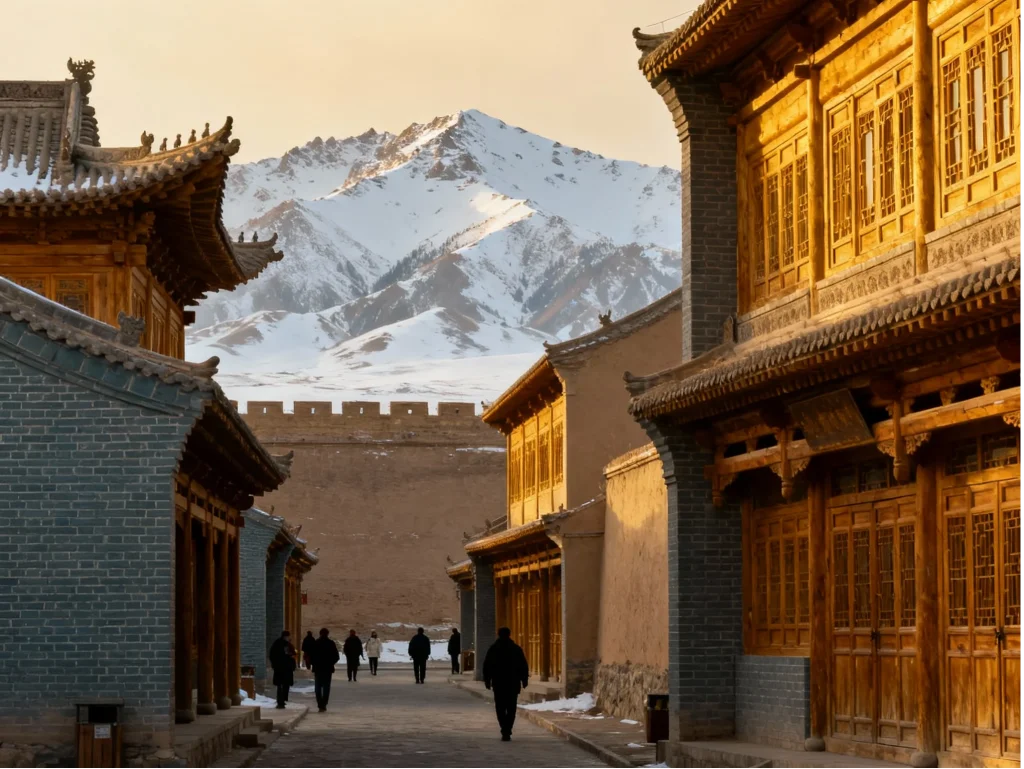
In the morning, return from Barkol to downtown Hami, then visit the Hami City Museum to see historical relics and natural specimens, with a special focus on the “Hami pterosaur” fossils to learn about Hami’s paleontological history. Afterwards, wander through the Hami Folk Culture Park to see traditional houses of Uyghur, Kazakh, and other ethnic groups and experience ethnic handicrafts.In the afternoon, stroll through the Hami fruit market. Though there is no fresh fruit in winter, there are all kinds of dried fruits and nuts; you can buy dried Hami melon, raisins, and almonds as souvenirs. Then head to Huicheng Township in Hami City to see traditional Uyghur villages in the snow and feel the peaceful atmosphere of the countryside in winter.In the evening, have dinner in downtown Hami, where “Hami-style fried noodles,” baked buns, and handmade ice cream are recommended. Afterward, explore Hami’s night views and see city lights and snow scenes interwoven, feeling the energy of Hami at night.
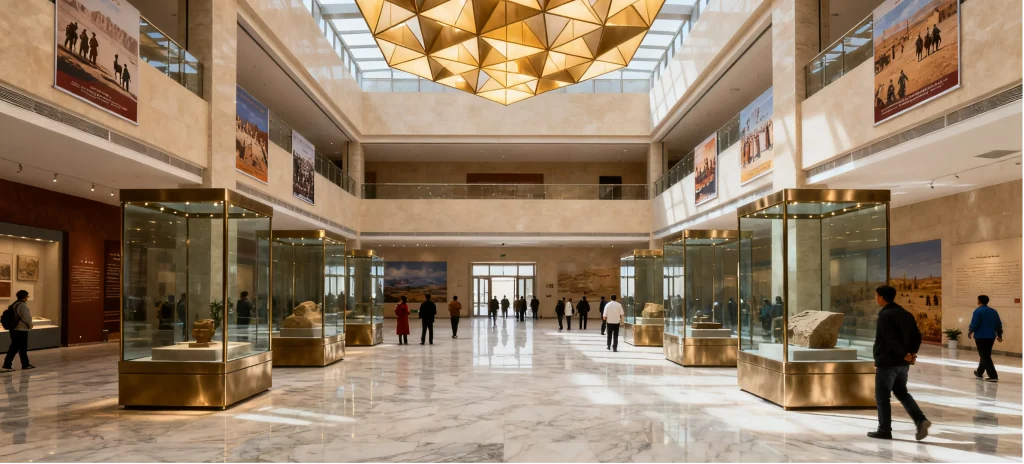
In the morning, take a train from Hami back to Urumqi, with a brief stop at Turpan Station, where you can buy a bunch of chilled grapes.In the afternoon, arrive in Urumqi. If time allows, go once more to the Xinjiang International Grand Bazaar to buy a few final Xinjiang specialties. Afterwards, according to your flight / train time, head to Urumqi Diwopu International Airport or Urumqi Railway Station, ending this Eastern Xinjiang 7-Day Ice-and-Snow Contrast Tour.
